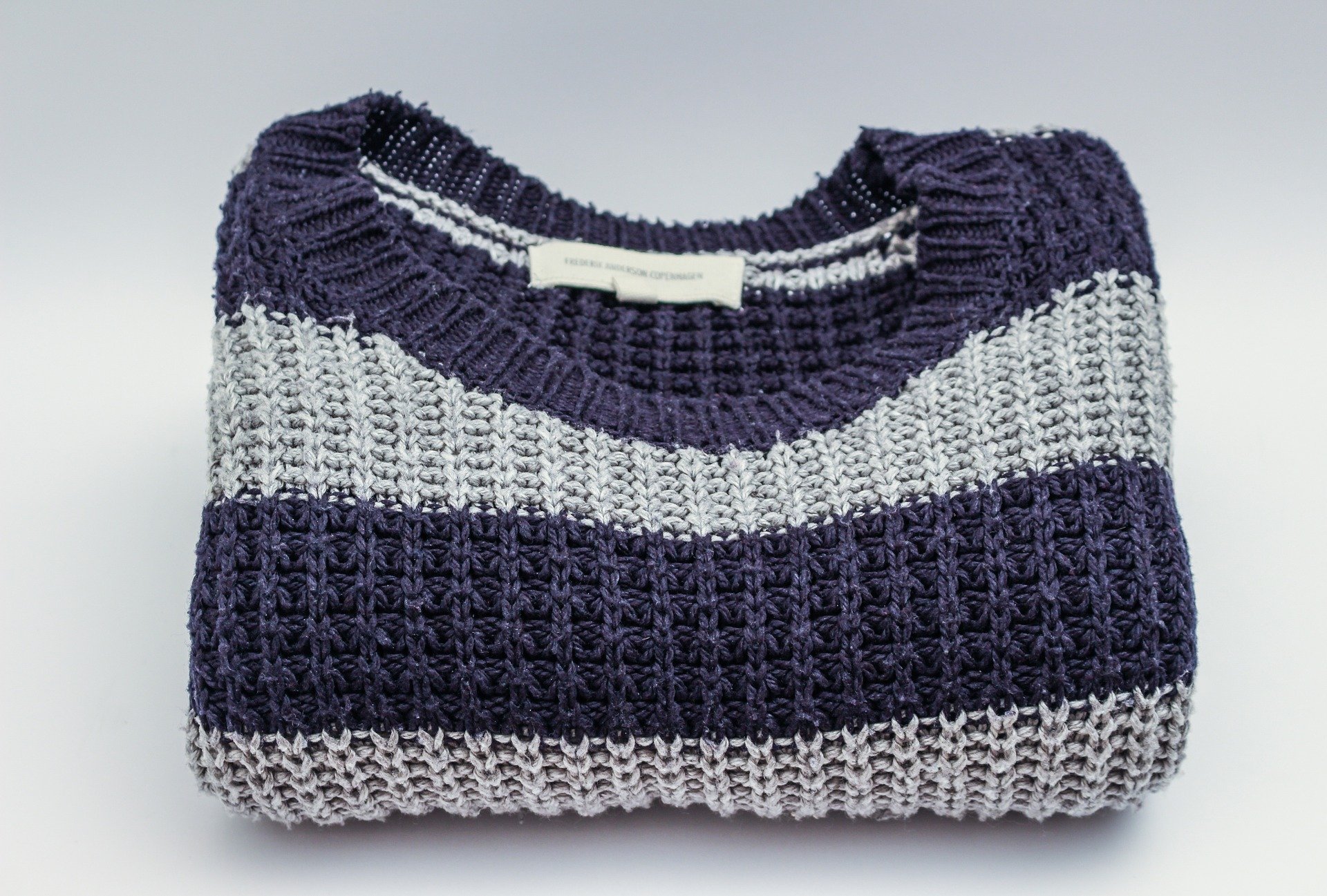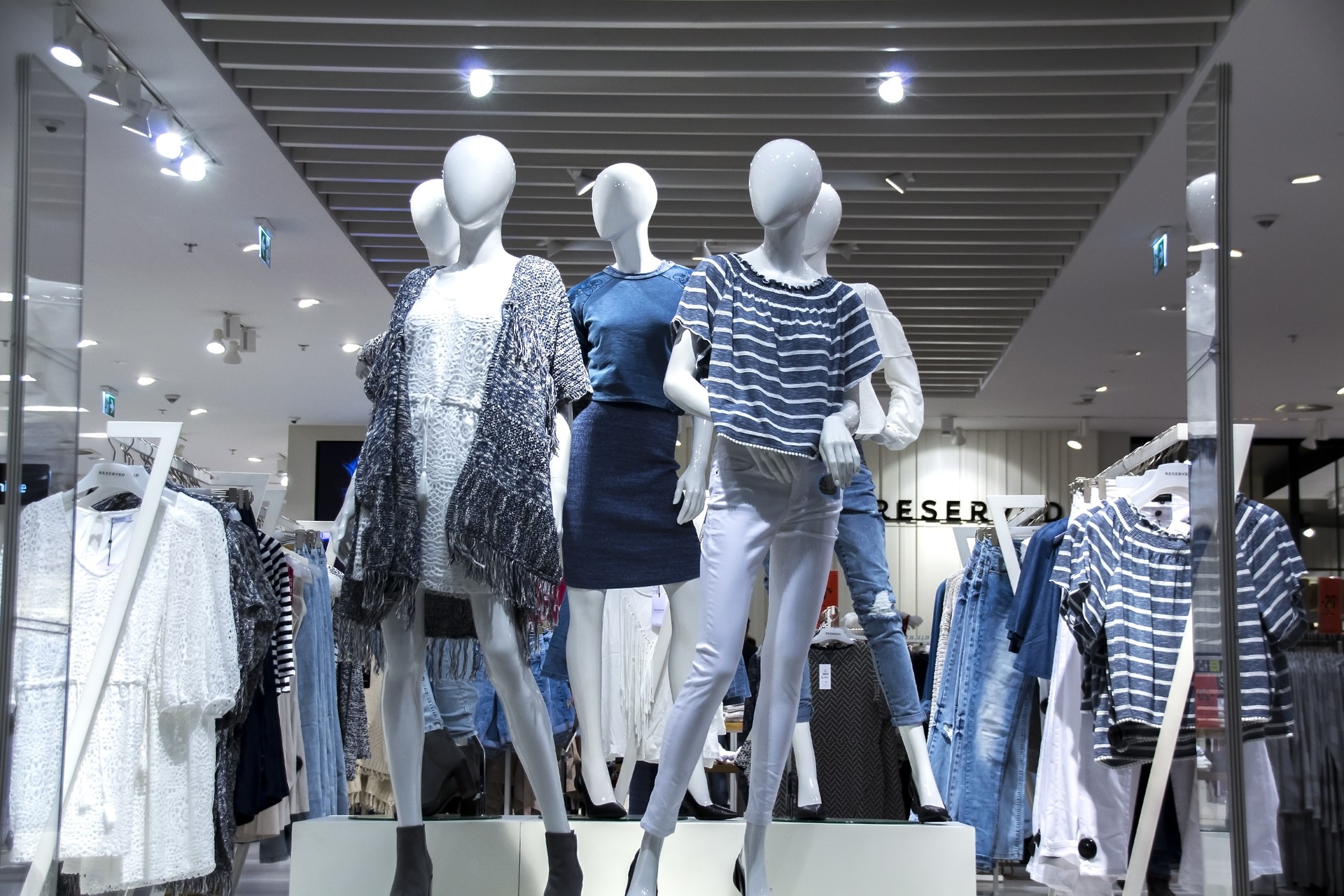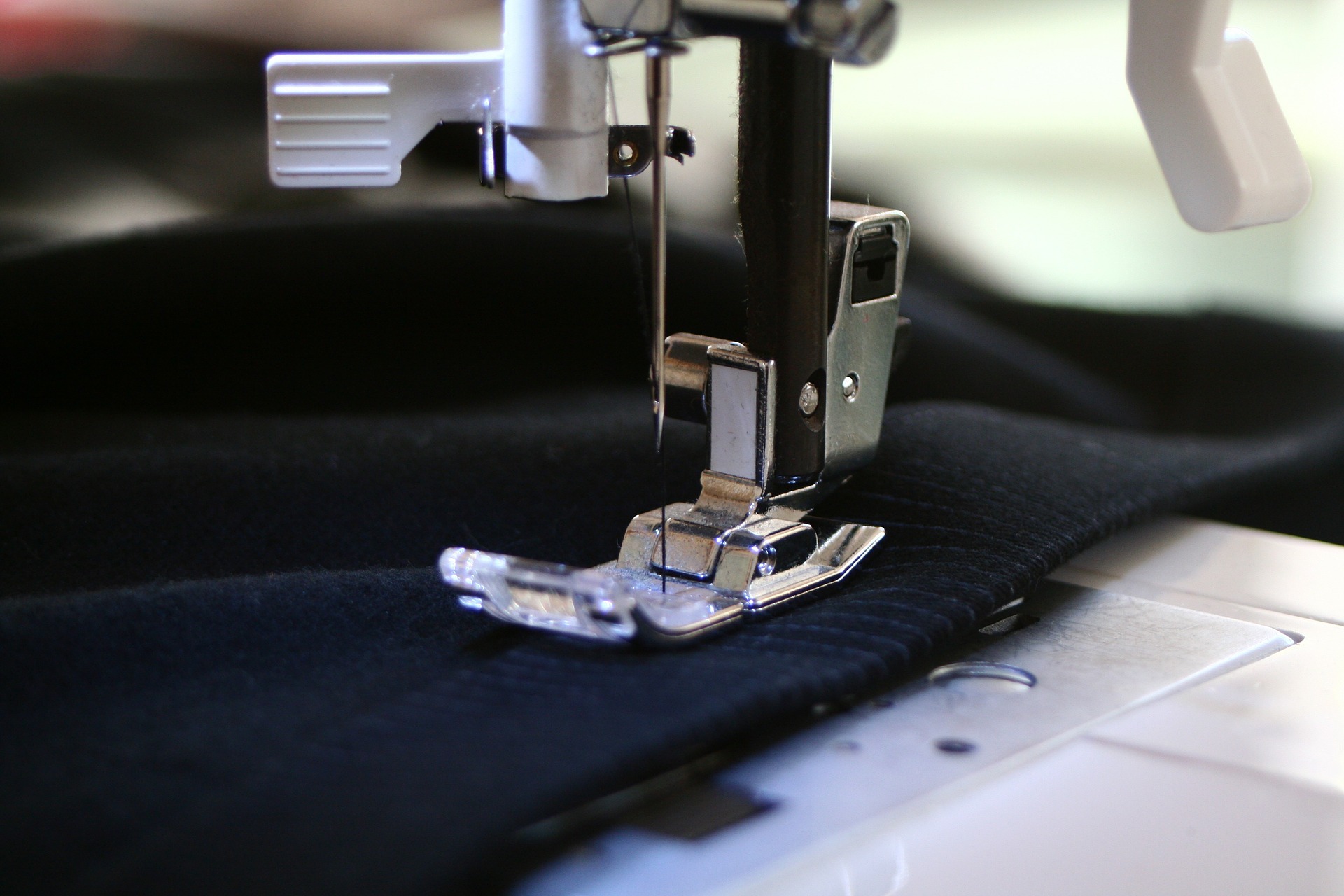
Dear Eartha, What’s going on with clothing donations and recycling? I heard everything was put on hold due to COVID. I’ve got some old clothes and kid stuff and I’m hoping someone can use it. Some items are in really good shape.
Cleaning out closets can be so rewarding. And for some, that process unearths all sorts of clothing, bedding, baby items, and more that haven’t been touched for years. The good news is that several clothing donation options are available right now in Summit County.
Before I dive into the donation details, consider your stash. Is the clothing too shredded or stained to wear yourself? Are your old towels too torn up for drying off the dog? Would you be embarrassed to offer those old blankets to a neighbor? If you answered yes to any of those questions, your old stuff belongs in the trash, not in a donation box.
The real cost of cheap clothing

Today, clothing is cheaper and more plentiful than ever before. It’s dubbed fast fashion – the trendy, impossibly affordable clothes that large retailers churn out at breakneck speed. According to the US-based consulting firm McKinsey & Company, clothing production has doubled since 2000. The average person buys 60 percent more items of clothing than they did 15 years ago, and they keep that clothing for only half as long as they used to.
So where does all that discarded clothing end up? Much of it is burned or landfilled, according to the United Nations Environment Programme. It’s a big waste, especially when you consider that the fashion industry creates a significant chunk of the world’s carbon emissions and wastewater. And, we haven’t even begun to address the human toll on textile workers who are often underpaid and forced to work long hours.
My point: our demand for cheap clothing has both human and environmental costs. When you shop, look beyond the price tag and consider the unseen costs. While I’m not here to give you fashion advice, I will say that quality never goes out of style.
Reuse (donate) and repair
I commend you for trying to give old garments a second life. Provided those clothes are in good, wearable condition, several thrift stores in Summit County are currently accepting clothing donations. The list includes Summit Thrift and Treasure (the Family & Intercultural Resource’s thrift store), Funky Trunk Boutique, Gold Mine Thrift, and Rags to Riches. Contact the stores directly to understand donation guidelines.

You can also offer items – clothing, kids’ gear, outdoor items – for free on local Facebook groups. Finally, the Summit County Resource Allocation Park allows free drop-off of clothes, footwear, accessories, and household linens in reusable condition. “Reusable” is the key here. Find details and contact info at HighCountryConservation.org.
Keep in mind that many outdoor clothing companies like Patagonia and Burton offer warranties and repair programs that help extend the life of your mountain clothing. Local Facebook groups can be another great resource for finding tailors and seamstresses that repair gear, fine clothing, and everyday wear.
Repurpose
Your much-loved, sweat-stained workout tee isn’t a candidate for donation. But before you trash it, consider how you might repurpose it. Perhaps it’s perfect for lubing your bike chain, dusting the garage, or using it as a paint rag.
Repurposing works for other textiles, too. Blankets, if not claimed for free on Facebook, can be cut and stitched to serve as cloth wipes or napkins. Old washcloths make great cleaning rags. And ratty towels can be reserved for wiping off a muddy dog. Old towels are also super handy for cleaning up larger messes.
Next time you need something
Consider thrift, consignment, or secondhand next time you need to make a purchase, be it clothing, cooking gadgets, or craft supplies. When you do buy new, invest in quality. Quality likely costs more upfront, but you can plan for those costs by shopping sales, saving for that classic item, or focusing on brands that offer warranties and repairs.
Finally, keep your needs and wants in check. This can be easier said than done when you’re passing by the local sale rack or dollar section. But imagine for just a moment … less junk in your home means fewer things taking up space, and less time trying to get rid of it.
